Vigna is a novelty in the field of bean breeding. The geography of its cultivation extends from Central Russia to the Ural Mountains. The plant is annual and herbaceous. It grows with a bush from undersized to curly. It is especially beautiful when flowers bloom. The stems of the creeper can reach up to 4 meters. Brushes are gathered in a scapula-thick blades. On one bush, the crop can reach up to 4 kg.
Content
Description and specifications
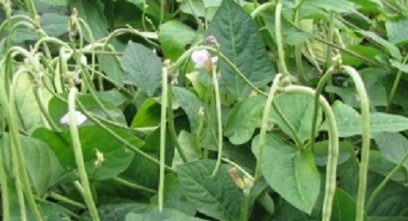
Vigna beans are considered one of the most common crops. It contains a large amount of protein. Adherents of proper nutrition choose it for this. Vigna is similar in structure to asparagus, but has nothing to do with this species.
The main advantages of Vigna asparagus beans include:
- the variety has an increased yield;
- not picky about nursing events;
- the pods are quite juicy, dense and tasty;
- can grow in shady areas;
- quite versatile in cooking;
- allowed to use in diet food;
- incorporates many nutrients.
The variety has no special drawbacks. Gardeners choose it for its unpretentiousness and a fairly high yield.
Creepers can reach up to 4 meters, as in the photo. When fruiting, the branch is quite heavy and needs a solid pore. Often used to decorate arbors, verandas.
In China, breeders bred several varieties with long blades that have no veins. The signal is thermophilic, but can grow in the shade.
Popular varieties
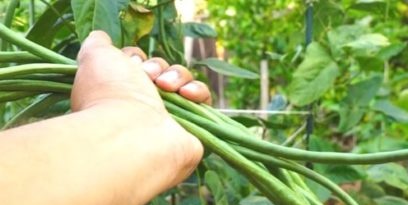
Often gardeners plant asparagus varieties of Vigna, they lack hard fiber and have a rather delicate taste.
Often planted varieties:
- Darla. Half-bush grade. The length of the pods is from 30 to 40 cm. The yield of one bush reaches 3 kg. The fruits are rich in protein, carbohydrates, trace elements. It is steady against diseases.
- Macaretti is an early ripening variety that bears fruit 80 days after planting. The bush often grows up to 3 meters, climbing. The pods are curved in shape, about 30 cm in length. Seeds are stained brown, they are characterized by a kidney-shaped form. Up to 3 kg of crop can grow on one bush.
- Arzuki. Variety in height reaches 50 cm, angular, fruits 5-8 mm, pods unrefined to 15 cm. The chemical composition contains many complex carbohydrates, protein, and starch. It has a delicate sweet taste. Food can only be eaten in cooked form.
- Countess - has an average maturity. Struchkova part reaches 50 cm. Not capricious and undemanding to care. The pods have no fibers. Seeds are black. Heat-loving plant, the optimum temperature for its cultivation is 30-35 degrees. From the moment the first shoots appear, technical maturity occurs in 60 days. Can be used to make soups and salads.
- Mash. It is characterized by a rigid branchy stalk up to 1.5 meters with large leaves and stipules. Pods are multi-seeded, up to 20 cm. The beans themselves are smooth, yellow in color, sometimes with dark spots.
- Chinese variety is an early ripening variety. Beans grow 12 cm in length. Unpretentious in cultivation.
Outdoor planting and cultivation
Variety Vigna is undemanding to the soil and quite unpretentious in cultivation.A mandatory requirement for planting and care, as well as growing, is necessary support. The culture of the stems are quite high. Near the beds need to build trellises. As for the soil, it is desirable that it be drained and sufficiently loose. The variety is not demanding on soil acidity. But it is better to give preference to loamy and sandy loamy lands. If the soil is heavy, then it can be diluted with sand. Vigna's predecessors should not be legumes, since they have similar diseases.
Before planting the beds should be dug up, remove all weeds. Then mineral fertilizers are applied. In the fall, when preparing the beds for spring planting, potassium and phosphorus should be added. In spring, nitrogen-containing fertilizers should be added. Ammonium nitrate should be added at the rate of 10 g per 1 sq.m. Additionally, manganese sulfate can be added. These trace elements will lead to increased yields.
Before planting, seeds should be soaked for a few minutes. Additionally, you can soak in “Fitosporin”. In 1 seedling pot, it is permissible to plant 2-3 seeds. You need to close it by 1 cm. To accelerate the germination, seedling boxes can be closed with glass. Before seedlings appear, the earth is watered intensely. At first, plants do not feed. After emergence, watering can be reduced.
Transplanting
Seedlings are allowed to be planted as soon as the threat of frost has passed. Before planting, the soil must be moistened. The wigna is planted in rows, making a distance of 50 cm. To protect against frost, the bed can be covered with material. If you plant beans in open ground seeds, then you need to do this at the end of May. Seeding is done no deeper than 5 cm. When seedlings appear, choose 1 plant, the rest is removed.
Seedlings should be planted in late April. In the open ground, seeds are planted on the 20th of May, as soon as the threat of frost passes.
Vigna Bean is a plant that can be grown in short daylight hours. During the day, the beans are enough to be exposed to sunlight for no more than 12 hours. If there is a short daylight hours, then bushes are more actively formed and pod ripening is accelerated.
Plant care during the growing season
Specific care for beans is not required. First, how to plant seeds, humus or stale manure should be added to the soil. During the ripening period of the buds, beans should be fed with mineral fertilizers (sodium superphosphate -15 g per 1 sq.m. or potassium - 5 g per 1 sq.m).
Fertilizers containing molybdenum stimulate plant growth, increase productivity, increase sugar and help accelerate flowering.
Vigna refers to plants that are pollinated independently. The flower is closed during pollination. When hot and dry weather comes, then the flower may open and during this period there is a non-contact cross-pollination with neighboring legumes. This must be taken into account during seed collection for the next planting.
Curly bean varieties need support. To do this, you can use pegs or trellises made by yourself. After the stem has sprouted, the tips of the supports are interconnected, making them in the form of a tent. This design is resistant to wind and stimulates the formation of a good crop.
You can use a net for climbing plants. Throughout the growing season, the stem must be guided along the support, and lateral shoots should be pinched periodically. To improve the growth of the plant, soil should be mulched periodically.
Further care and harvesting
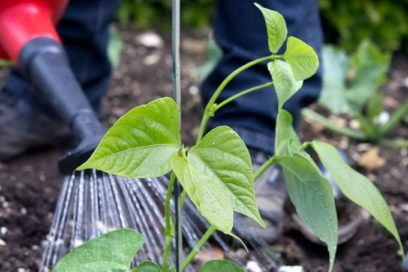
The first time after planting seedlings or seeds, the soil must be regularly moistened. Moisturizing with the appearance of the first shoots is carried out every other day. To do this, use heated water. Then watering is carried out as necessary, when the topsoil has dried up. Under one bush you need to pour 0.7-1 liters of water.
During the growing season, the plant needs several top dressings, it is better to combine them with watering. The first is introduced 4 weeks after the appearance of the first seedlings. Young plants are in dire need of nitrogen. The following dressings should be carried out, focusing on the condition of the bushes.
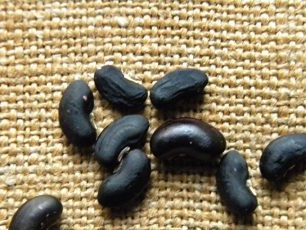 You may be interested in:
You may be interested in:The composition for top dressing should be prepared as follows:
- On the 10th bucket of water, take 5 grams of potassium chloride and 15 grams of superphosphate.
- Potassium can be replaced with 100 grams of ash.
- Along the rows to make a groove and shed composition.
- Mulch with earth and loosen.
The most common pests on beans are slugs. To combat them and prevent their appearance, the bed with beans should be regularly weeded. Decker needs to be removed with his hands and build traps based on beer.
Harvesting depends on the purpose for which the beans are grown. Bean pods should not overripe. Vigna can be harvested, as soon as the pods are a little older, they can be eaten. Bean storage consists in freezing it. To determine the degree of maturity, the pod is broken. If the cut is even and there are no fibers, then the crop is ready.
Vigna Benefits and Treatment
The vegetable has a high content of sodium and potassium, which removes excess fluid from the organs. Vigna also stimulates the work of the heart and cardiovascular system. Beans are considered dietetic foods, which popularizes them among dieters. Vigna is regularly used in folk medicine. With existing diabetes, it is good to drink a decoction of vegetable leaves. The high arginine content of the composition acts as insulin for the body. It improves blood quality.
Also, beans should not be consumed with individual intolerance to the product.
Cooking cue
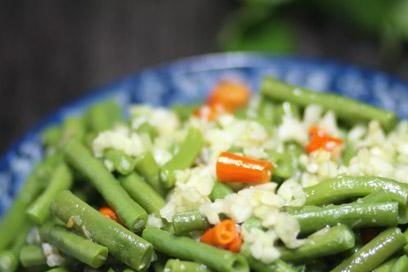
There are many dishes in which beans can be used. Both beans and empty pods are consumed. Wignu is used in salads, soups, main dishes. Food is easy to prepare, healthy and tasty. In cooking, young beans are used. They are included in stews, stews. Pods are subject to conservation, freezing.
Pods can be salted for the winter. This will require:
- 600 gr of tomatoes;
- 200 gr onions;
- 200 gr of carrots;
- 0.5 kg of cowpea;
- a few cloves of garlic;
- some salt and granulated sugar.
How to cook:
- All ingredients should be mixed, fried in a pan.
- Add a little water and simmer over low heat for about 15 minutes.
- Put the stew in sterile jars and roll them under the lids.
- Keep banks in a warm place during the day.
- Such a salad should be stored for 7-8 months in a cool place.
Reviews
People leave feedback on the use of beans, thanks to which we can draw conclusions about this product.
Maria, 28 years old.
I have been using Vigna beans for more than six months. Previously suffered from diseases of the bladder. After eating beans, the pain went away, all the tests are good.
Natalia, 31 years old.
I am overweight. It used to be hard to find low-calorie foods. With the advent of beans, my life has changed for the better. I can eat as much as I want and not get better.
Vigna is a healthy and tasty vegetable crop. Climbing plants are often used as decoration. Every year its cultivation is gaining popularity.Most people include it in their diet for a variety of diets.

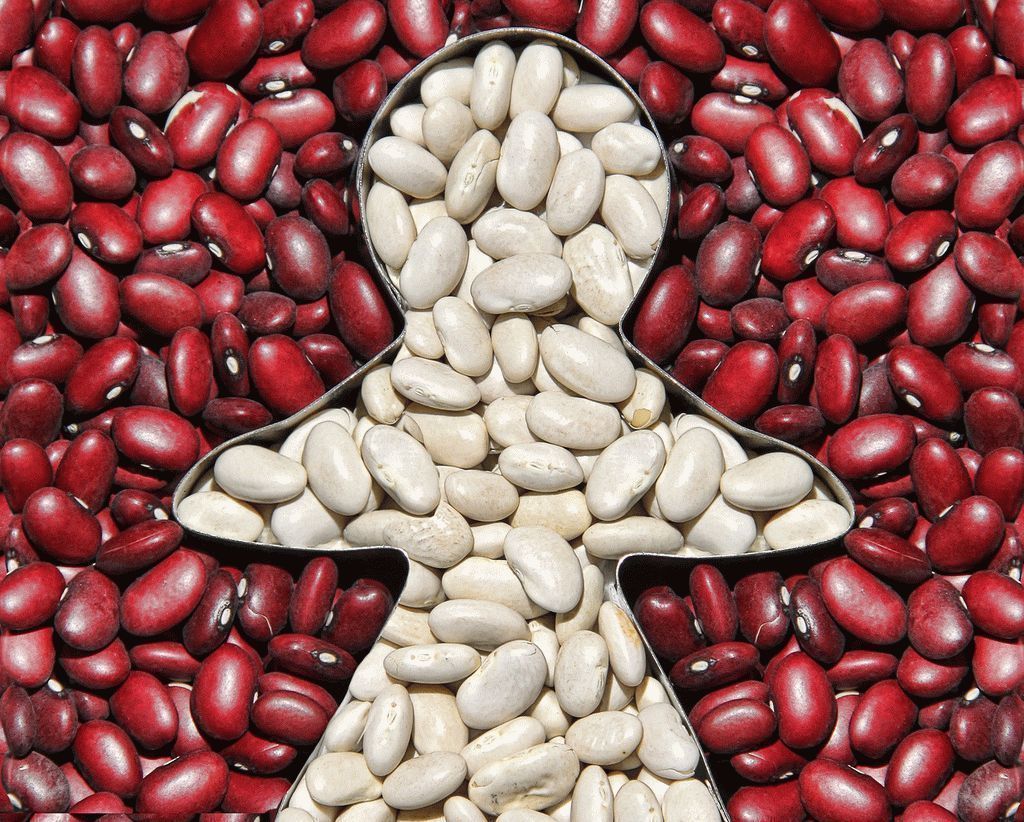
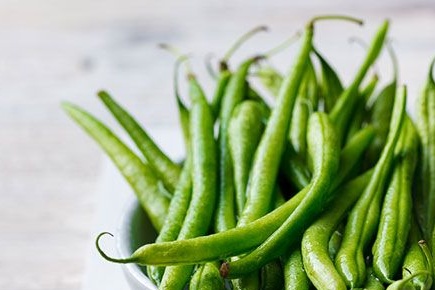
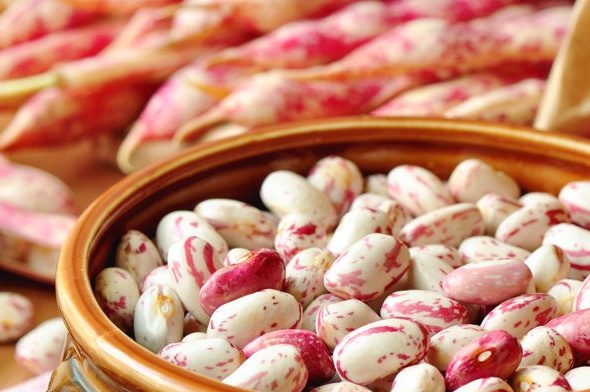
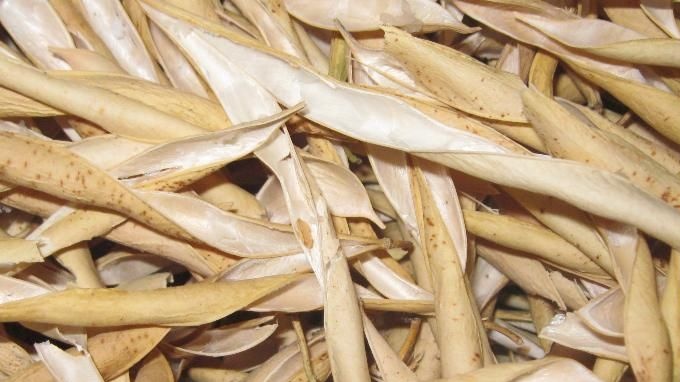 Bean flaps: useful properties, contraindications, benefits and harms
Bean flaps: useful properties, contraindications, benefits and harms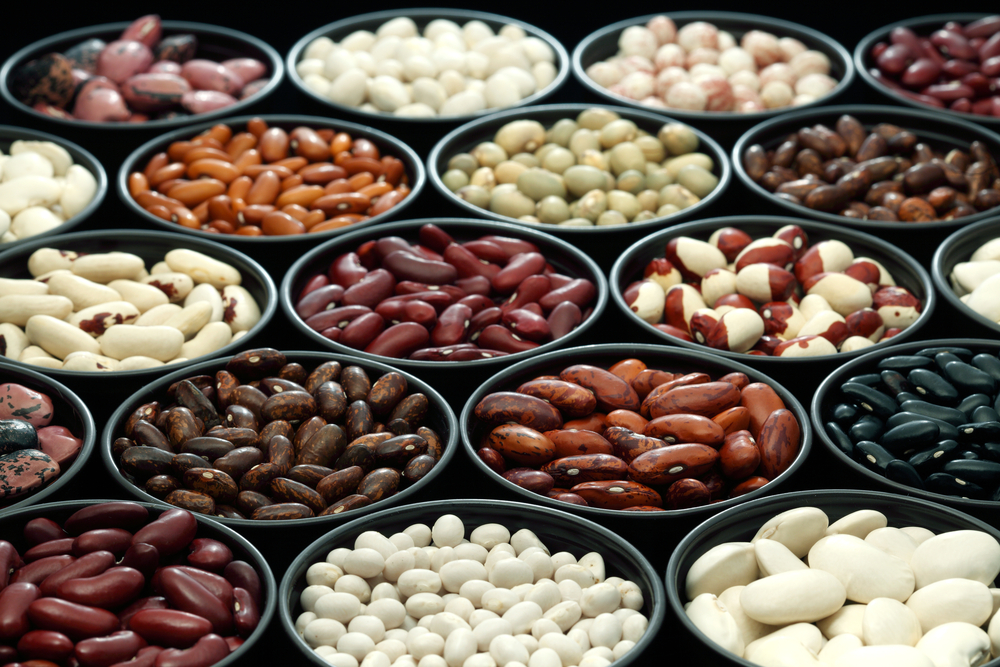 Beans for the body: composition, benefits, contraindications
Beans for the body: composition, benefits, contraindications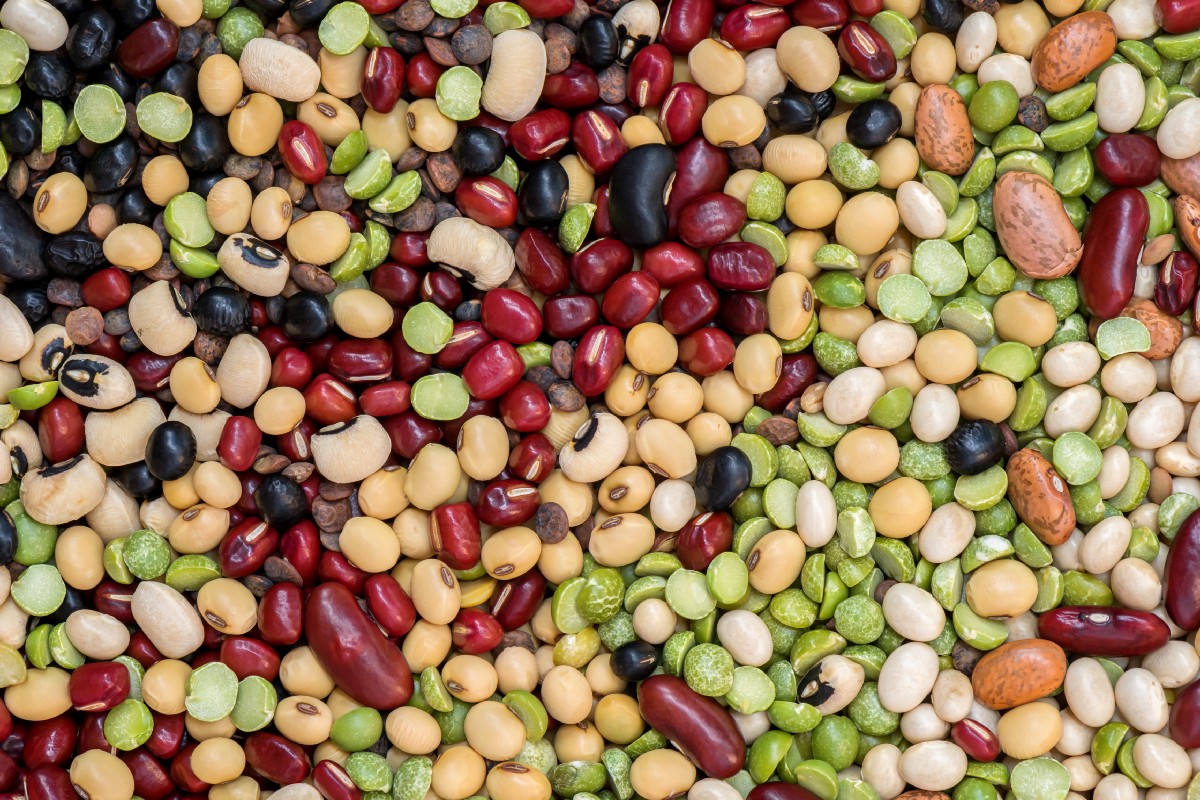 Types and varieties of beans: their name, description and photo
Types and varieties of beans: their name, description and photo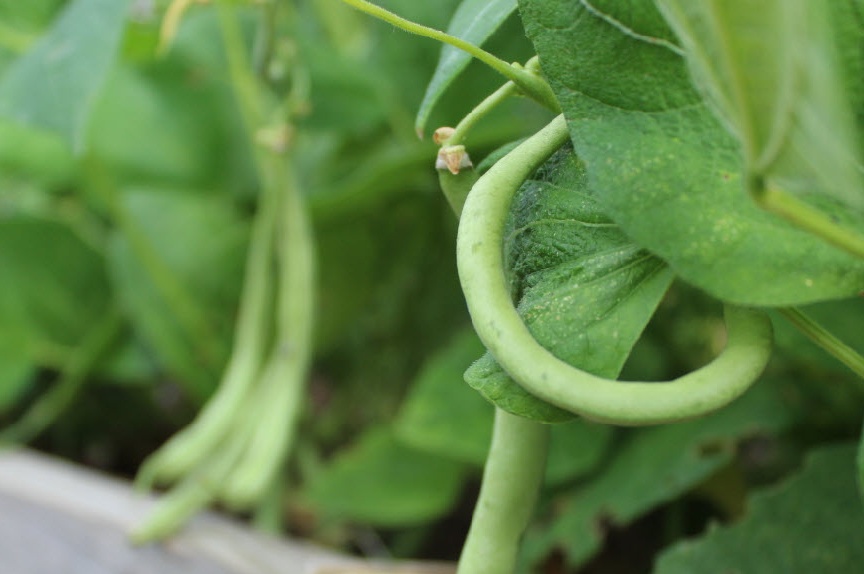 Description and photos of popular varieties of asparagus beans
Description and photos of popular varieties of asparagus beans
Pohudet
At this point, the description of the whig came to an end. If you do everything as listed above (choose the appropriate variety, properly process the seeds and monitor the seedlings), then the harvest of unusual beans will not take long.